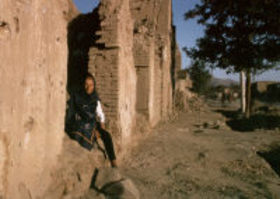

Asylum
The EU has a common policy on asylum. Most EU asylum policy is now decided by a qualified majority vote. The Council is deciding common definitions and rules for the return of asylum seekers, starting with those from Afghanistan.
On 11 December 2000 the Council adopted a Regulation concerning the establishment of "Eurodac" which is an extensive database for the comparison of fingerprints of asylum seekers and illegal immigrants.
A new regulation adopted in February 2003 had replaced the so-called Dublin Convention.
The EU country that first receives an application for asylum acts on behalf of all member states. This rule has been criticised as being in contravention of the relevant United Nations Conventions because it could leave numbers of asylum seekers without effective protection.
The Lisbon Treaty provides for the Parliament’s co-decision in this area in Art. 78 TFEU and introduced the principle of solidarity and fair sharing of responsibility regarding asylum and immigration, Art. 67.2 TFEU.
Before Lisbon, asylum policy had QMV voting in the Council of Ministers with the European Parliament only being consulted.
In 2015 the Syrian civil war, following on a civil war in Libya, led to a big influx of asylum-seekers to the EU. Reception facilities in Italy, Greece and Hungary came under strain. German Chancellor Merkel announced that Syrian refugees were welcome in Germany. This caused tension with countries through which these refugees had first to travel.The EU Council agreed to distribute 120,000 refugees among the Member States by qualified majority vote.
Once refugees are acepted into a country they a have the right to be reunited with their close relatievs if they have been separated from them.They also have the right to move to any other country in the EU. Economic migrants from outside the EU are different from refugees and may be deported back to the country they came from if the country they a have moved to does not want them.
Links
Asylum policy http://europa.eu/scadplus/leg/en/s17000.htm